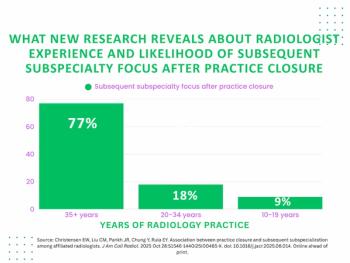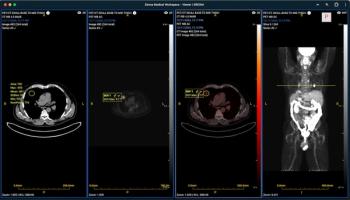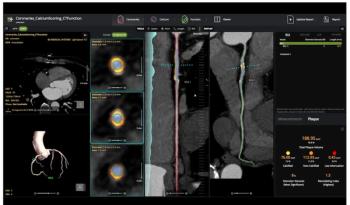
'P' in PACS may mean 'Permanent'
As images move to a digital format, the storage issue becomes more complex. The American College of Radiology suggests retaining diagnostic images at least five years per Medicare regulations, plus additional periods specified by each state. The American
As images move to a digital format, the storage issue becomes more complex. The American College of Radiology suggests retaining diagnostic images at least five years per Medicare regulations, plus additional periods specified by each state. The American Medical Association recommends from five to seven years from the patient's last office visit.
State laws vary substantially regarding the retention of diagnostic images:
- In California, pediatric images must be retained until the patient is 19 years old.
- Some states require storage for procedures completed on minors be retained until patients reach their 28th birthday.
- Massachusetts requires 30-year retention after treatment.
Some experts believe this legal quagmire is irrelevant, that in the PACS digital world all images will be kept indefinitely.
"We may soon see hospitals moving toward permanent storage of medical records and diagnostic images for the patient's lifetime, primarily because it is next to impossible to differentiate between a study that needs to be kept for five years and one that needs to be kept 50 years," said Henry Gettenberg, director of marketing for InSiteOne.
With juvenile, mammography, and OSHA-related cases stored together with standard radiology studies, none of the tapes and disks storing these images can be thrown away or destroyed. The issue then becomes one of finding reliable technologies capable of storing the glacial press of images collecting in hospital archives.
The burgeoning rate of imaging data volume presents many challenges: cost of ownership, data accessibility, storage media obsolescence, database considerations, physical limitations, reliability, and redundancy.
A recent paper (Radiol Manage 2002;24:30-38) analyzed single-tier and multitier approaches, each with benefits and challenges.
With a single-tier approach, all the data are stored on a single medium that can be accessed very quickly, said Barbara Dumery, product manager of eMed Technologies. A redundant copy of the data is then stored onto another less expensive, usually removable, medium. The online storage is increased incrementally as volume grows.
A multitier approach uses storage levels set up based on access speed and cost. In other words, images are stored at the deepest, least expensive archiving level and moved back to the intermediate and online levels when more rapid access is needed.
Multiple options can make it difficult for organizations to decide what the best approach is. Dumery cited several: RAID (redundant array of inexpensive disks), direct attached RAID storage (DAS), network storage using RAIDs (NAS and SAN), removable media such as different types of tape, compact discs (CDs and DVDs), and magneto-optical disks (MODs).
Other experts warn that state-of-the-art high-density storage schemes are disasters waiting to happen. They fear that magnetic media are susceptible to viruses, hackers, and disgruntled employees on either the primary or redundant servers.
"The only way to avoid this exposure is with permanent, nonrewritable media used for long-term archiving," Gettenberg said.
Newsletter
Stay at the forefront of radiology with the Diagnostic Imaging newsletter, delivering the latest news, clinical insights, and imaging advancements for today’s radiologists.






























